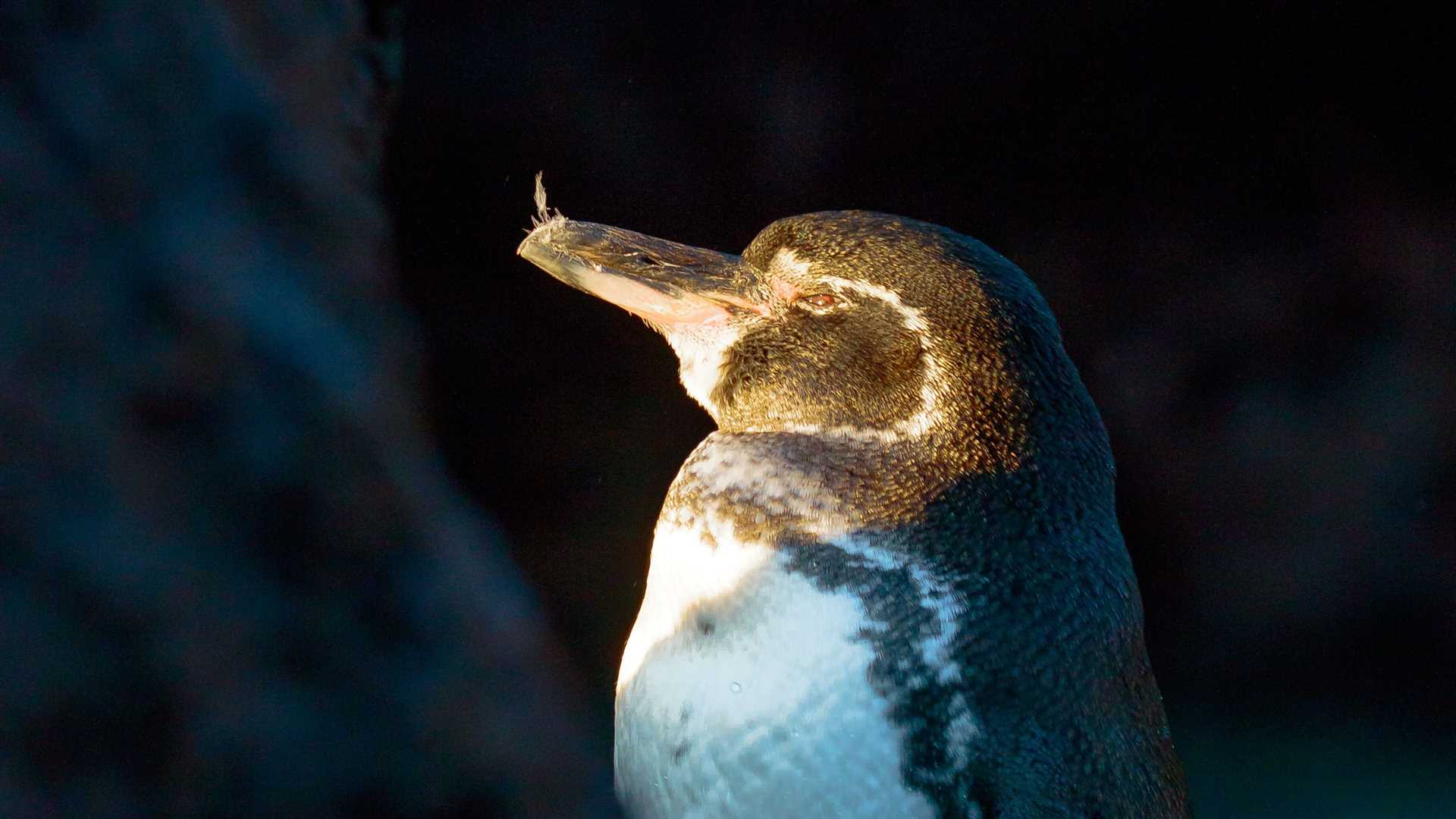Early in the morning, we woke up to a view of Chinese Hat, a satellite islet off the coast of Santiago. We started our day kayaking and riding Zodiacs along the coast of Chinese Hat. During our visit, we spotted a few Galapagos penguins and Galapagos sea lions on the lava rocks.
After breakfast, we went deep water snorkeling and toured in the glass-bottom boat. We enjoyed a large variety of fish underwater, a few white-tip reef sharks, and even a couple of Pacific green sea turtles.
After lunch, we navigated towards Sullivan Bay. This visitor site features a vast expanse of basaltic lava from 1897, which covers a large area along the coast of Santiago. Some of us decided to go snorkeling off the beach while others went for a long hike over the black lava flows.







